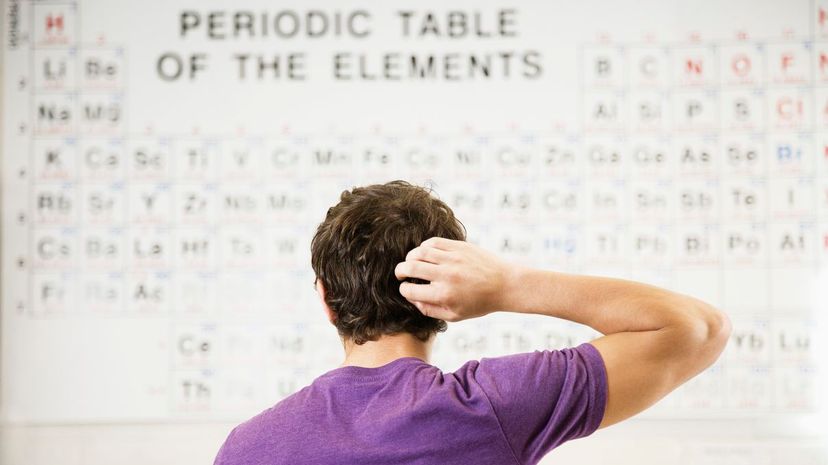
About This Quiz
About 98% of all the elements ever discovered on Earth were created within seconds of the Big Bang, including the building blocks of life: carbon, hydrogen, nitrogen, oxygen, sulfur and phosphorus, but it took us millions of years to discover and isolate them. And when we did, we realized that we as humans were made of the same elements the stars were made of.
The same atoms and molecules that exploded in space to create Earth and the Milky Way are the same atoms and molecules that came together to create us. The most important elements on Earth, from the exosphere to the inner core, are the same exact elements that are most important within us.
About 90% of the human body is oxygen, hydrogen, carbon and nitrogen. That's almost the same for the Earth's atmosphere. The Earth's crust is full calcium, the same calcium that makes our outer layer of protection (bones, nails, hair) strongest. The Earth's core is made of iron, the same iron we need for the core of our bodies (our blood cells). We need oxygen just as much as the trees, and like Earth itself, we're mostly made of water. Studying chemistry and astrology is a slippery slope that can lead to you sitting in the middle of the desert realizing you're one with Earth and the universe. Simply put, the more you know about the Periodic Table of Elements, the more you know about yourself. Let's start with the basics and see if you can match these symbols with the proper element.
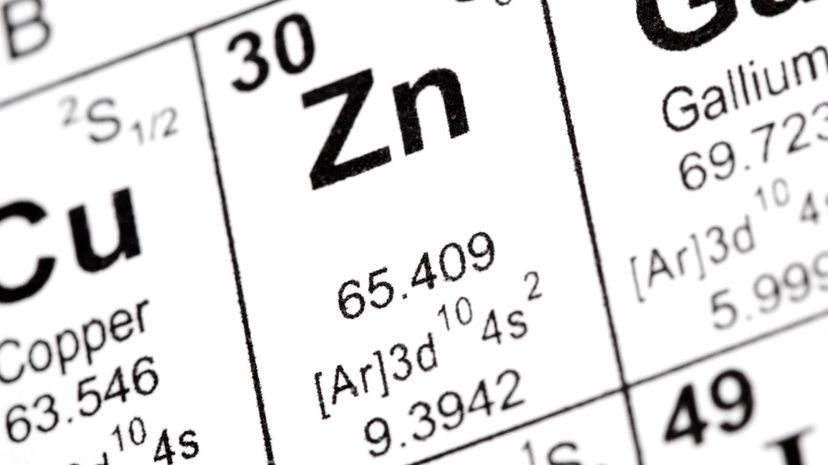
The human body is incapable of storing zinc reserves but the human body also can't function without zinc, meaning we need to consume sources of zinc every day, making it one of the most essential elements on Earth for human function.
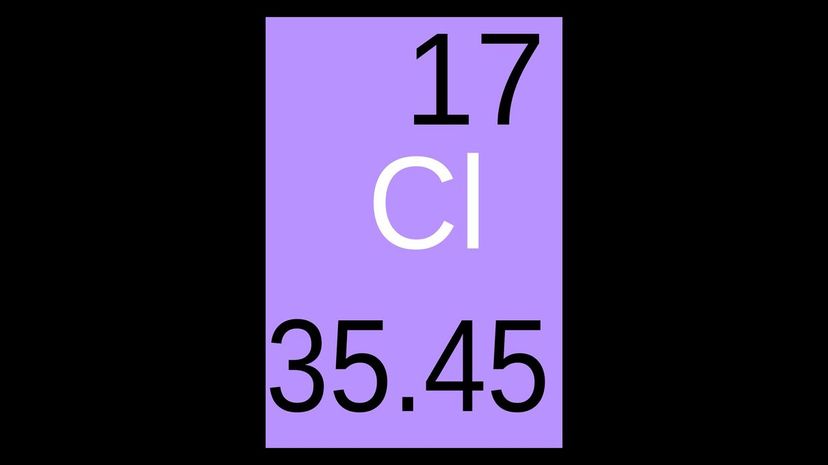
Chlorine is a gas and one of the most important elements on Earth. Every living thing needs chloride ions to survive, and humans constantly consume chloride in the form of sodium chloride, aka salt. The gas is also used as a disinfectant.
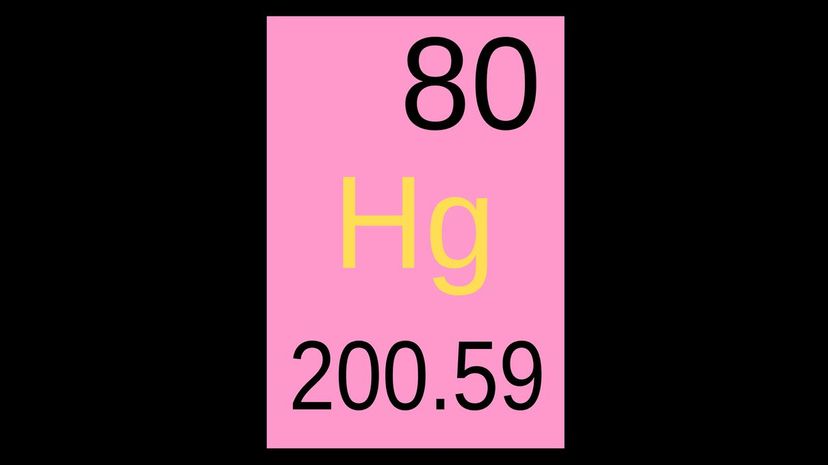
Mercury is commonly known as quicksilver and it is a thick, liquid metal that is harmful to humans even in small quantities. In the past. it was frequently used in thermometers because it expands and contracts under small temperature changes.
Advertisement
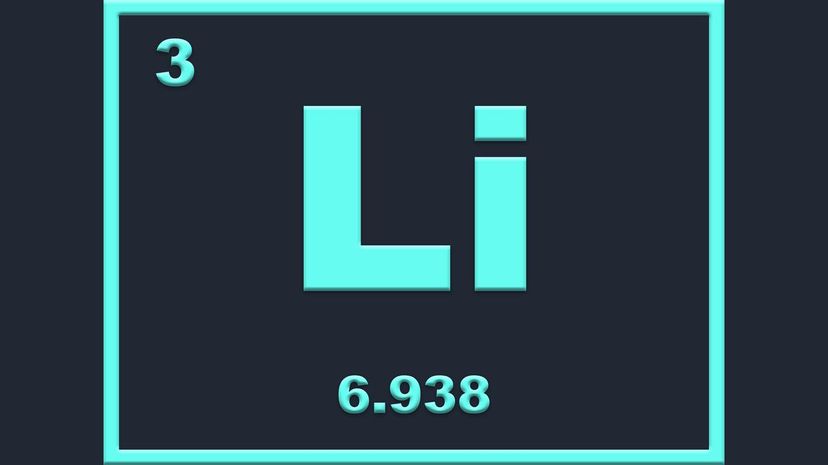
The stock of lithium is skyrocketing due to its widespread use in batteries, and the widespread use of batteries in today's digital culture. Lithium can undertake a variety of forms, and it is also used for health purposes.
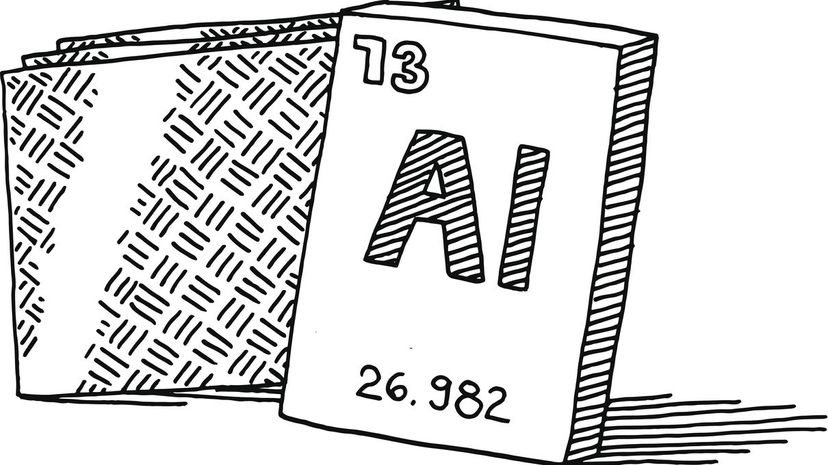
Aluminum is a soft metal that can be transformed and used for everything from airplane parts to covering leftover dinner. It is one of the most abundant elements in the Earth's crust and it's the crust's most abundant metal.
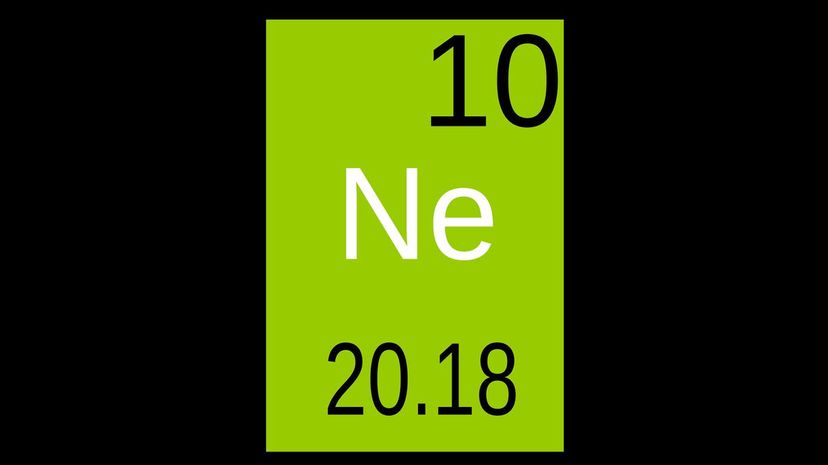
Neon is a colorless, odorless gas that is rarefied and used to make glowing neon lights. It's an extremely light element and quickly escapes Earth's gravity and doesn't bond to any solids. It's one of the most abundant elements in the universe.
Advertisement
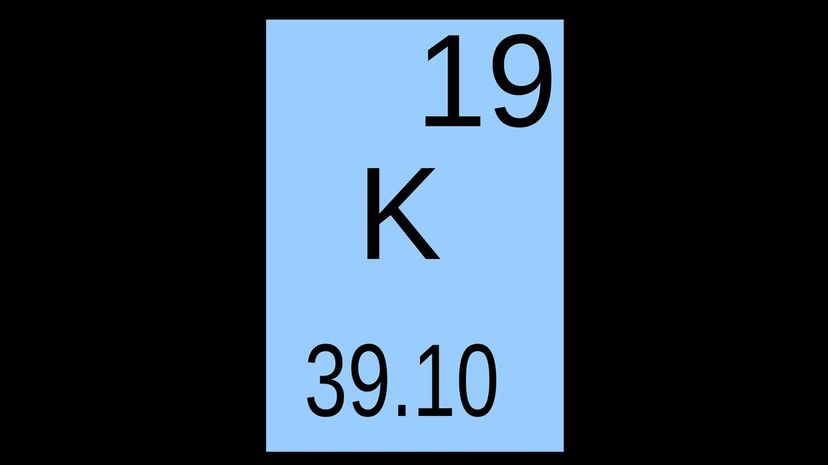
Potassium is a metal, and as weird as it sounds to consume metal, we need to. A bar of potassium metal is about as soft as a stick of butter and deficiency in the element can lead to a host of problems. Significant amounts can be found in the Earth's crust.
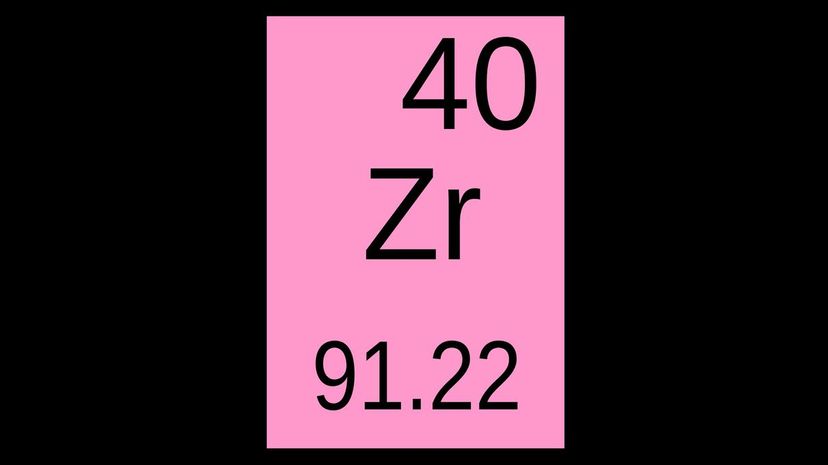
Zirconium can be turned into zirconium dioxide, and that can be used to make cubic zirconium. Diamonds aren't the rarest stones on Earth, but they are some of the most sought-after and expensive, making cubic zirconia an affordable alternative.
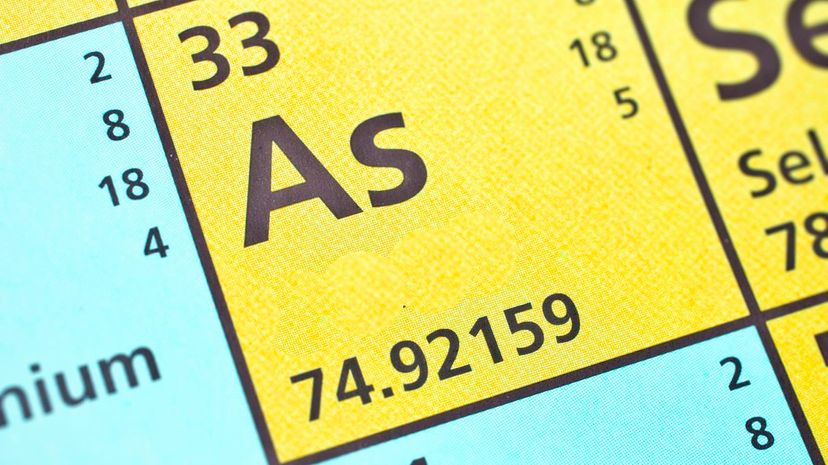
Arsenic is pretty widespread around Earth and it can be found in rocks, water, soil and air. It can also occur on its own in crystal form, and long-term contact with the element is unhealthy. High dosages in humans will shut down organs and lead to death.
Advertisement

Uranium isn't a common element, and possessing it in its enriched form is illegal in the U.S. It's also extremely unhealthy to humans. The radioactivity of a piece of uranium will take about 9 billion years to fully decay, so it's valuable in dating the planet, but is also used in nuclear weaponry.
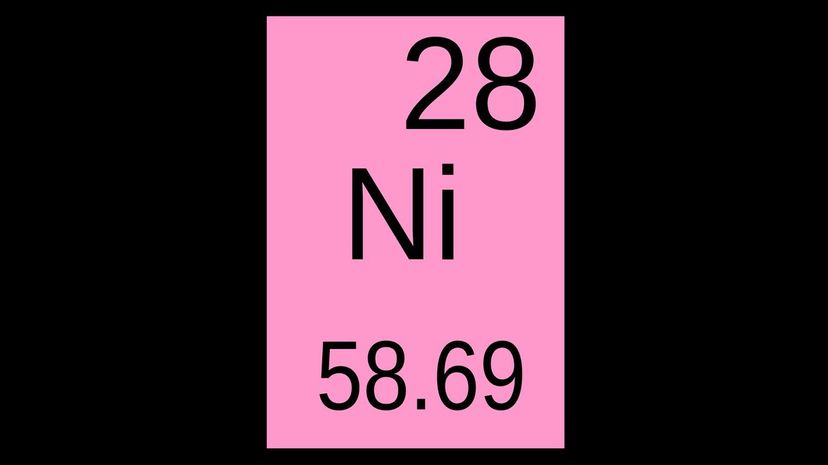
The Earth's inner and outer core are made of iron and nickel, and although we've never reached the center of the Earth, we believe it is about 80% iron and 10% nickel with trace amounts of other dense metals.

Oxygen is a pretty important element here on Earth. It's one of the most abundant in the atmosphere, it bonds with hydrogen to create water and it is the reason why Earth is populated with all us humans and other life.
Advertisement
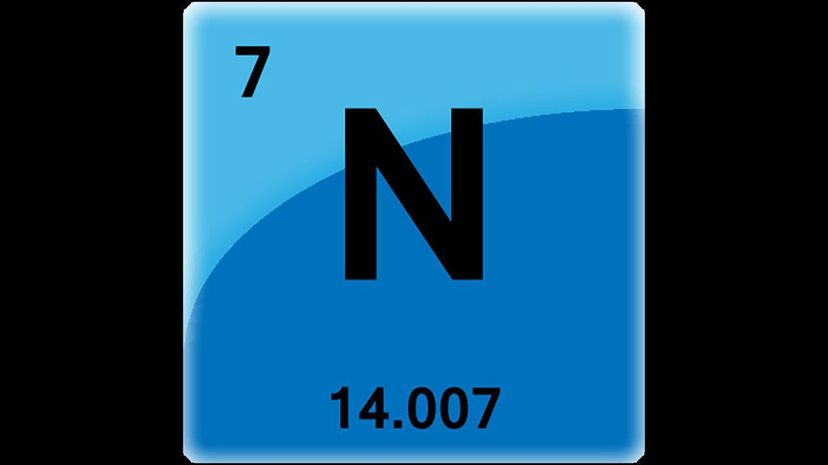
As important as oxygen is on Earth, it would be nothing without nitrogen, which makes up 75% of the planet's atmosphere. It's essential for the growth of plants all over the world and it was first discovered in the 18th century.
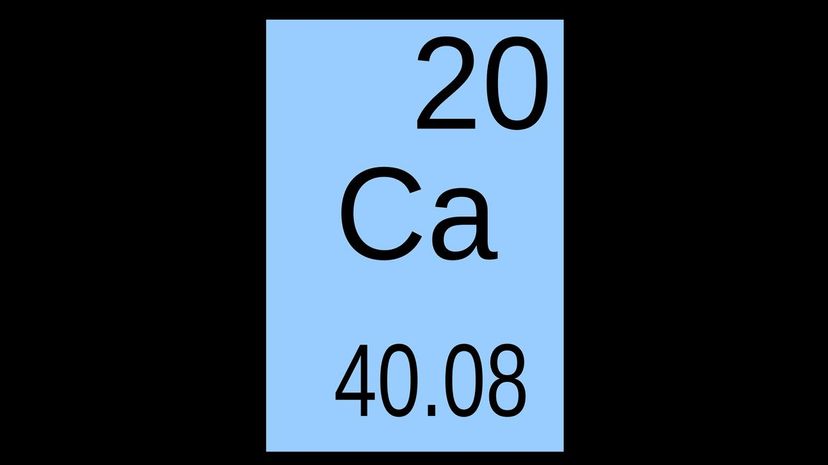
Calcium is another mineral that humans need for their bodies to properly function, and it helps strengthen things like teeth and bones. The mineral is frequently found in limestone, and it is one of the most abundant metals on Earth.
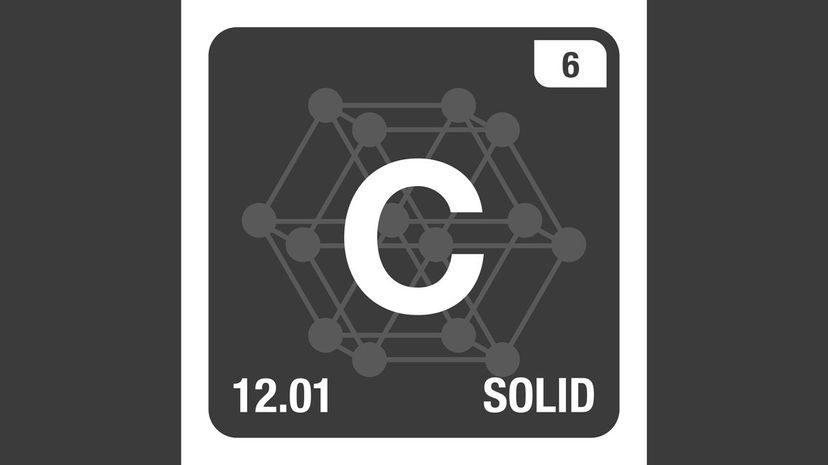
Carbon is one of the most important elements in the universe. There are only a handful of elements that have been known since antiquity, and carbon, alongside iron, silver, gold, lead, tin and copper, is one of them.
Advertisement
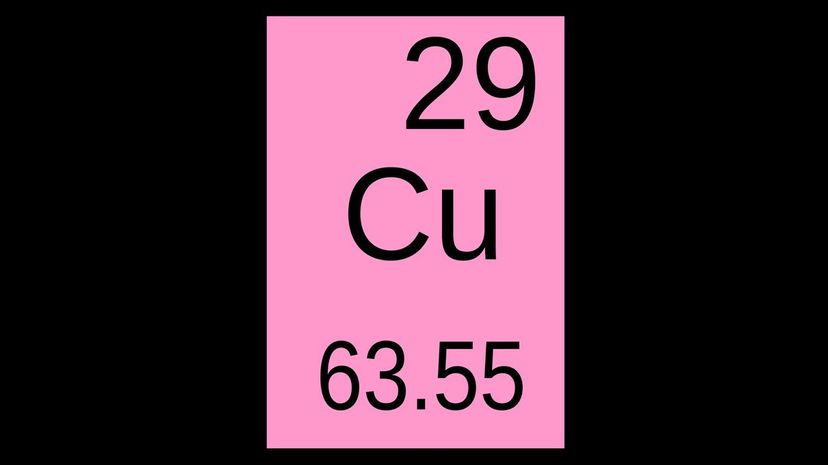
Sometime in the past 50 years, we decided it was a waste of money to make pennies out of copper, so today the penny only contains 5% copper, but there was a time when the penny was made out of 100% copper.
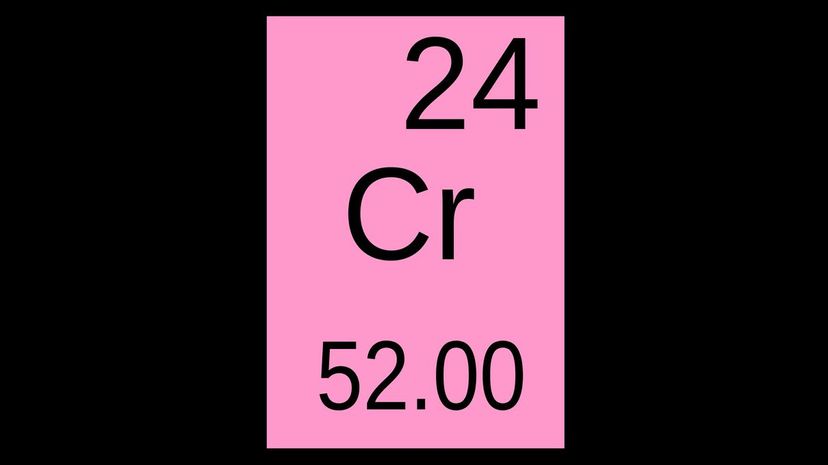
You're probably most familiar with chromium used as a resistant coating over other metals. This is commonly known as chrome, and anything from bicycles to cars can get chromed out. Chrome is extremely hard, highly resistant to corrosion and really shiny.

Phosphorus is a solid element that glows when it's exposed to oxygen. The element is so so radioactive it isn't found in free state, and it's used in everyday items like matches, fertilizer, fireworks and baking powder.
Advertisement
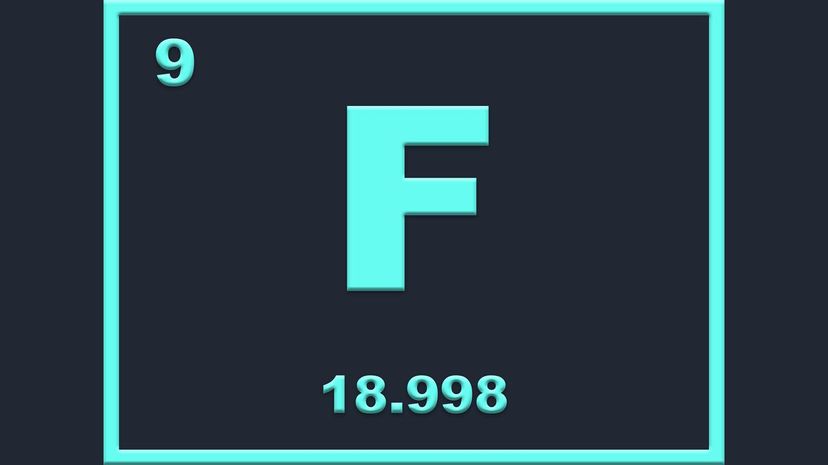
Fluorine is a pale yellow gas that is most commonly known as being the element needed to create sodium fluoride, which is what dentists recommend to help battle tooth decay. Fluoride is commonly found in toothpaste, mouthwash and sometimes even tap water.
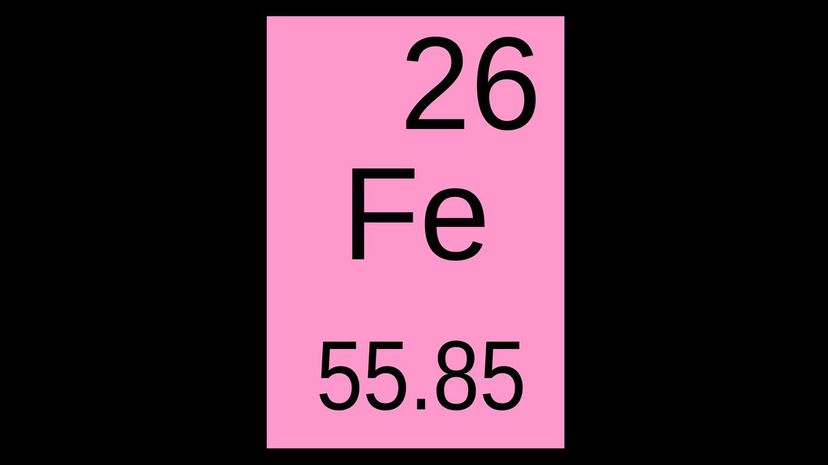
Iron deficiency can cause a host of problems in the human body and it's one of the most important metals we consume. Every single human cell contains iron, and the metal also is believed to make up a majority of the Earth's core.
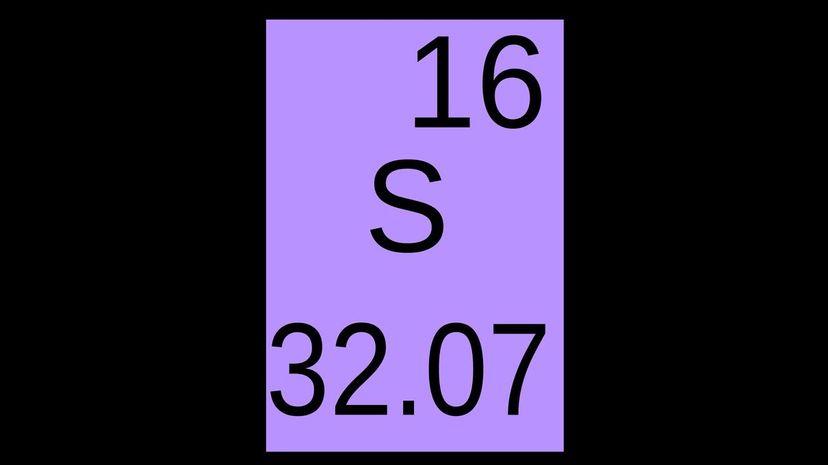
There are sulfur mines all over the world, but one of the biggest is located in an active volcano in Indonesia. The solid element is used for everything from fertilizer to fireworks, and is one of the most common elements on the planet.
Advertisement
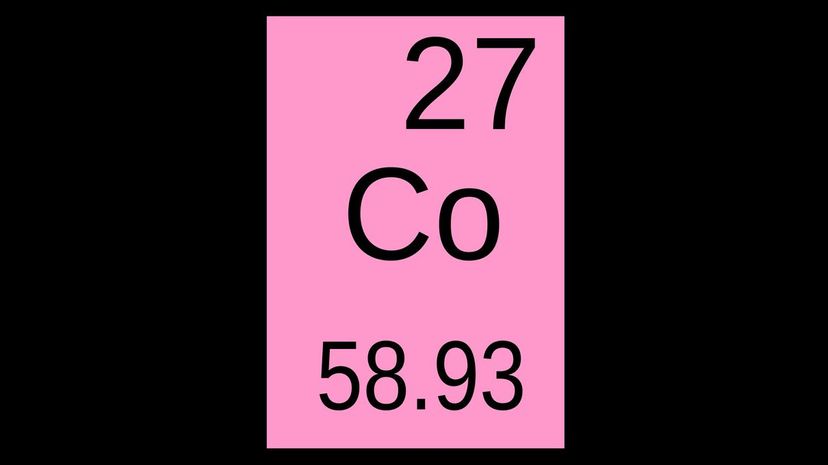
Cobalt is a hard, shiny metal that rarely occurs in free state, and you may be familiar with it because cobalt is also the name of a shade of blue called cobalt blue. Blue powder can be extracted from the element under a chemical process.
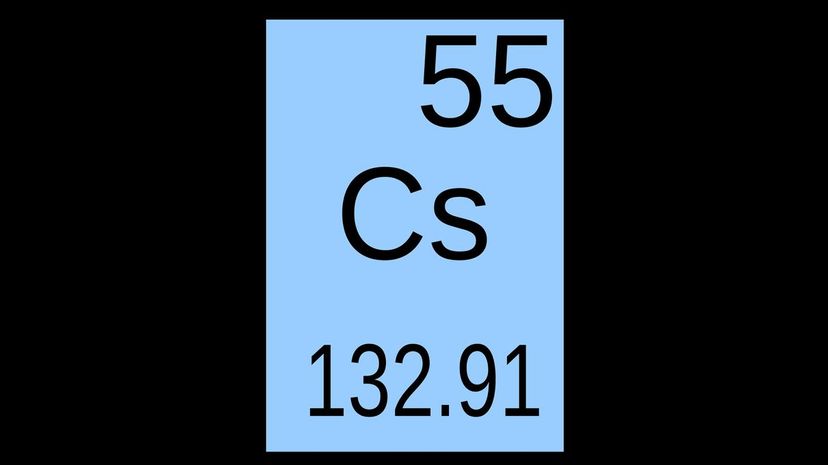
Cesium is known as the softest metal on Earth, and if you sat a block of it on a kitchen table at room temperature, it would melt into a puddle of metal. It's one of just a handful of Earth's metals that melt under such conditions.
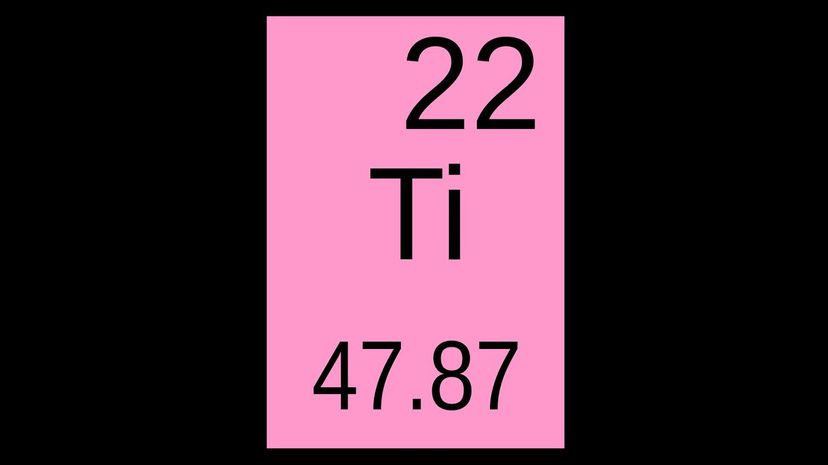
Aqua regia is a fuming mixture of nitric and hydrochloric acids created to test the strength of Earth's strongest metals. Almost every metal corrodes once dipped in the acid, but titanium doesn't, making it one of Earth's most durable metals.
Advertisement
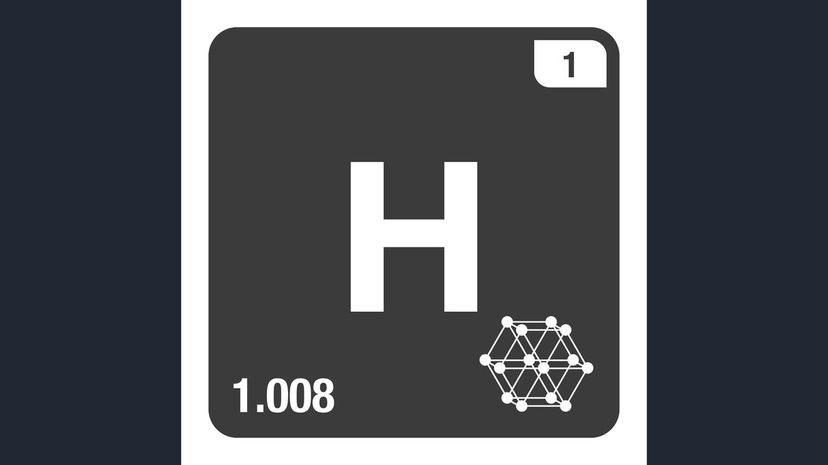
Hydrogen sits at the top of the periodic table with atomic No. 1, which means its nucleus only has one proton. It's clear to see how this element became the most abundant in the universe as it spreads everywhere. It is so light that it easily escapes gravity's pull, but if it bonds to oxygen, it can form water.
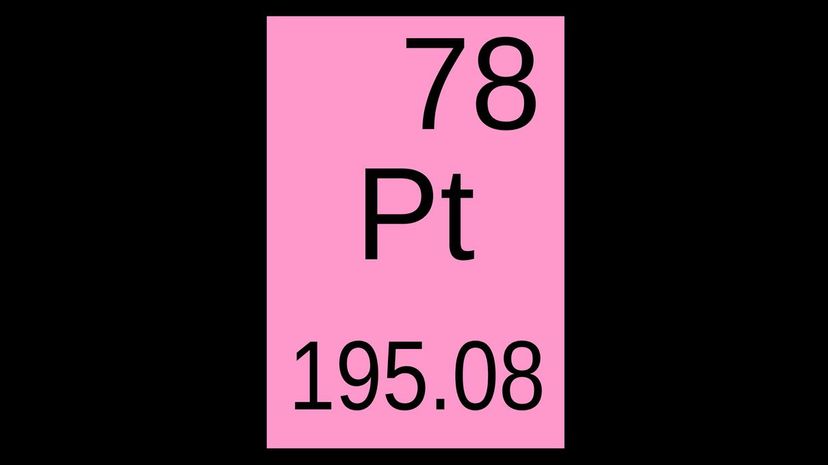
Although platinum is named after the Spanish "platino," which means "little silver," it's quite a bit more expensive than silver. The metal is denser than gold and silver, making it the most valuable precious metal.
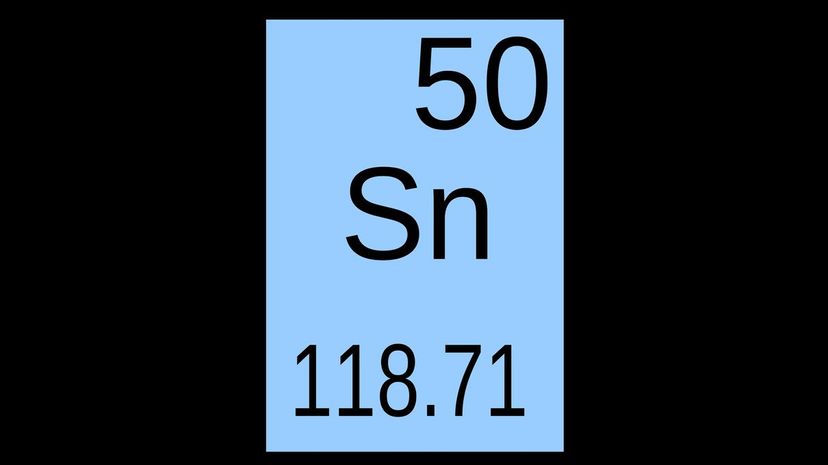
Tin is a silvery soft metal and a significant amount on Earth can be found in Southeast Asia. The metal is resistant to water corrosion, making it the perfect element to protectively coat valuable metals and items, which is what it is commonly used for.
Advertisement
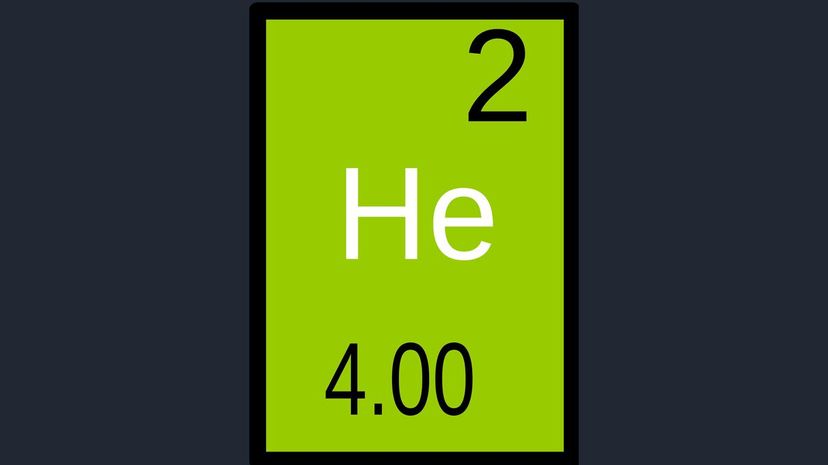
Although helium is the second most abundant element in the universe, it isn't widely found in its free state on Earth. It is so light the planet's gravitational pull can't keep it grounded, and in 2019 the world experienced a global helium shortage.
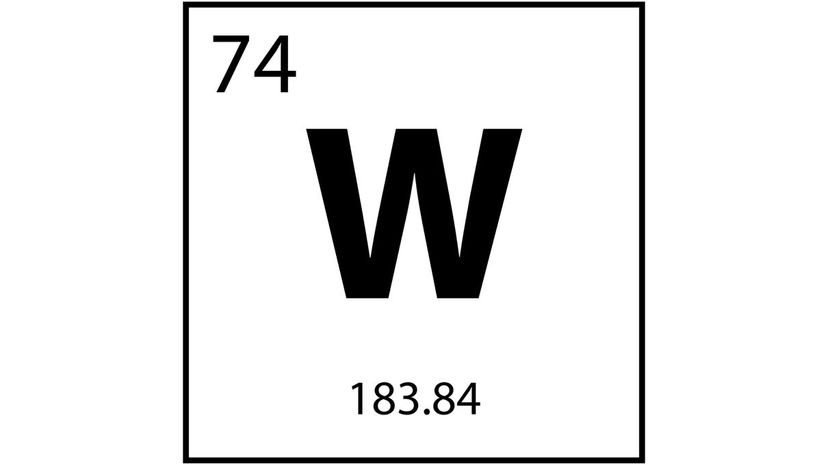
Tungsten is the strongest of metals and weakest of metals. Temperatures need to surpass 6,000 degrees Fahrenheit for the metal to melt, and its boiling point surpasses 10,000 degrees Fahrenheit. It is, however, extremely brittle, making it almost impossible to shape or work with.
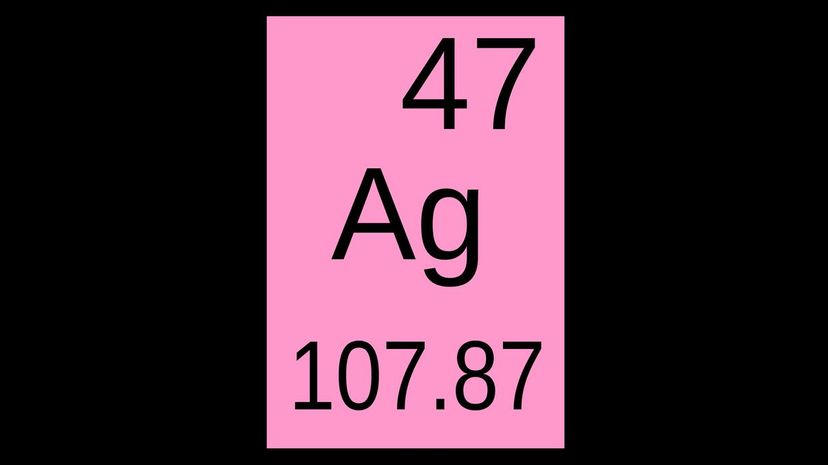
Silver has always been known as the middle child between gold and copper, and it's one of Earth's most valuable metals. Along with tin, copper, lead, gold, iron and mercury, it is one of the seven metals humans used to create society and civilization.
Advertisement
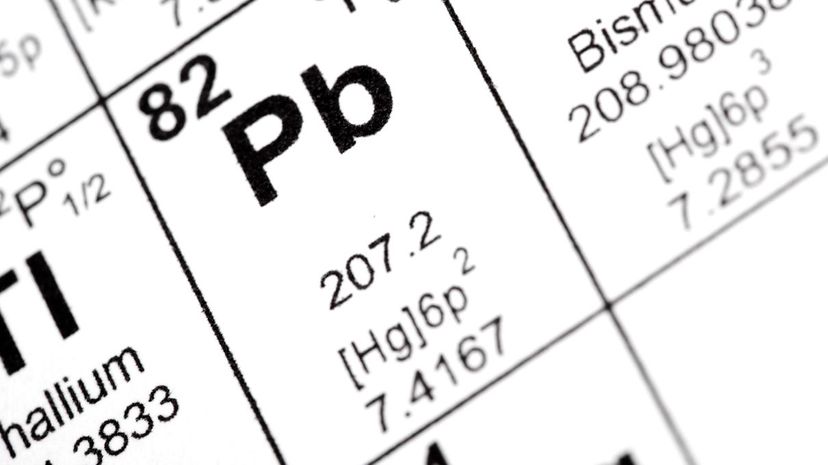
Lead is a toxic element that was unfortunately used in paint in the United States for many years. Exposure, especially for children, can lead to mental issues and other disorders. The dense and soft metal is also widely used to manufacturer ammunition.
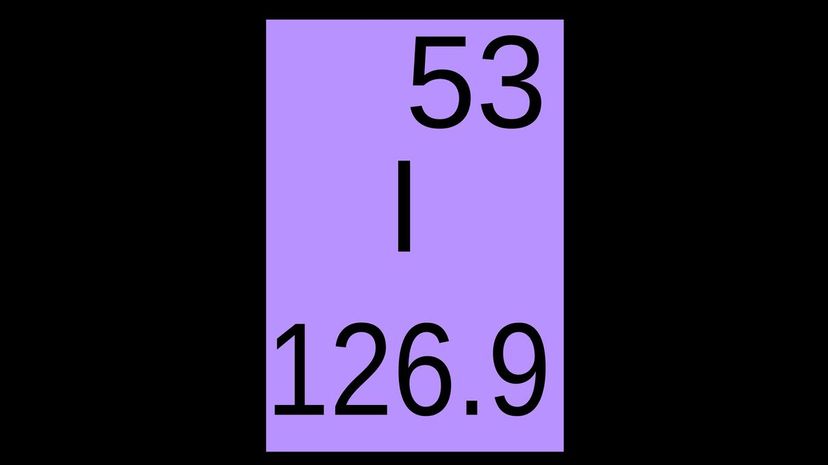
Iodine is a shiny purple metal that melts into a purple liquid and evaporates into a purple gas at certain temperatures. For humans, it is an essential element and it can help kill bacteria and fungus in the body.
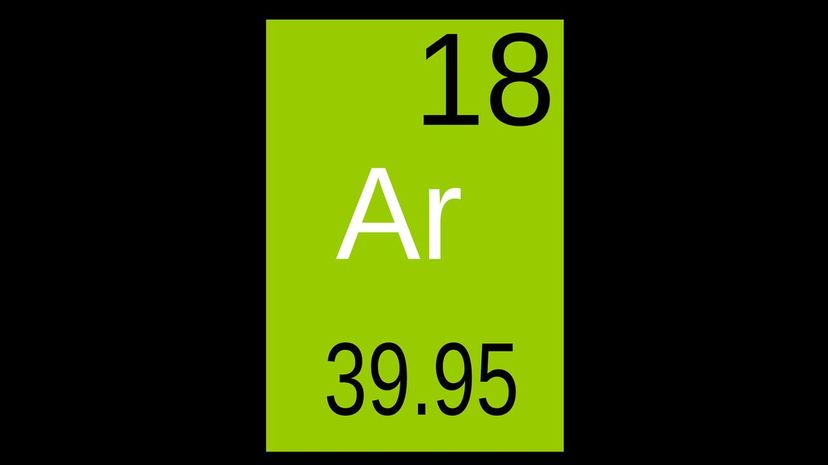
Argon is a noble gas that is found in significant amounts in the Earth's atmosphere and crust. It's used in everyday life for fluorescent lights and glow tubes as well as other specialty uses, and it can be used to make an argon-ion laser, which is a blue-green laser beam.
Advertisement
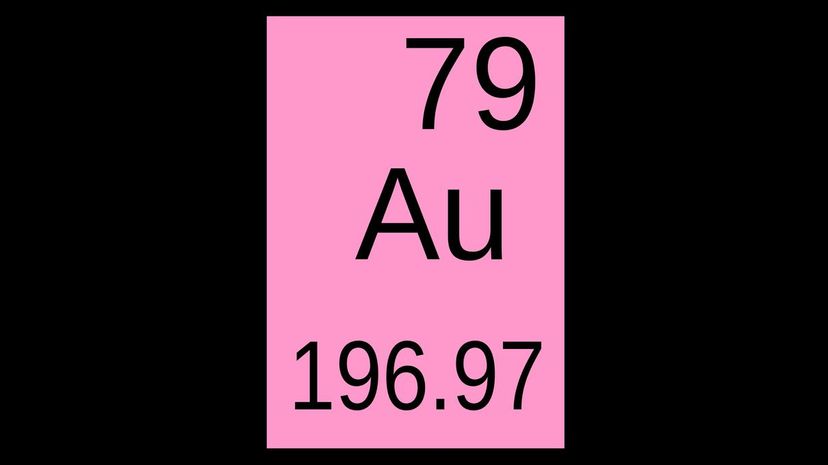
One thing that has remained consistent since the advent of civilization is the value of gold. It has been traded as currency and commodity for thousands of years and will likely continue to be traded for eternity.
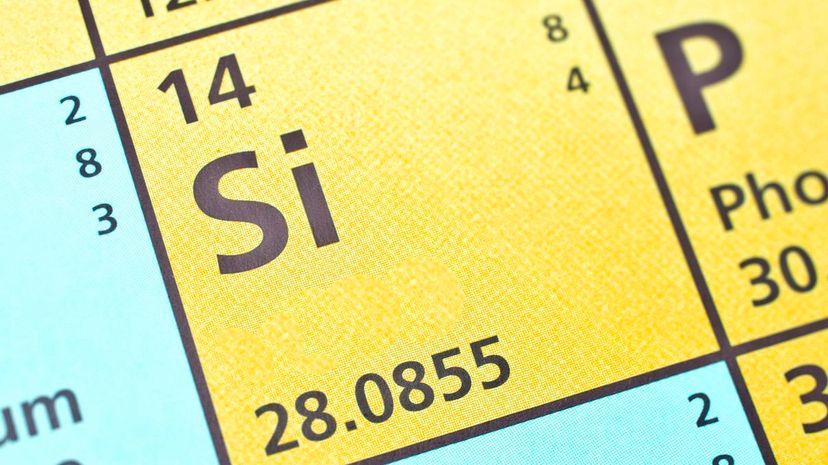
Silicon can be found everywhere on Earth, and it makes up more than a quarter of the Earth's crust. Only oxygen is more abundant in the Earth's crust, and the crystalline solid is mostly used as a semiconductor in electronic products.
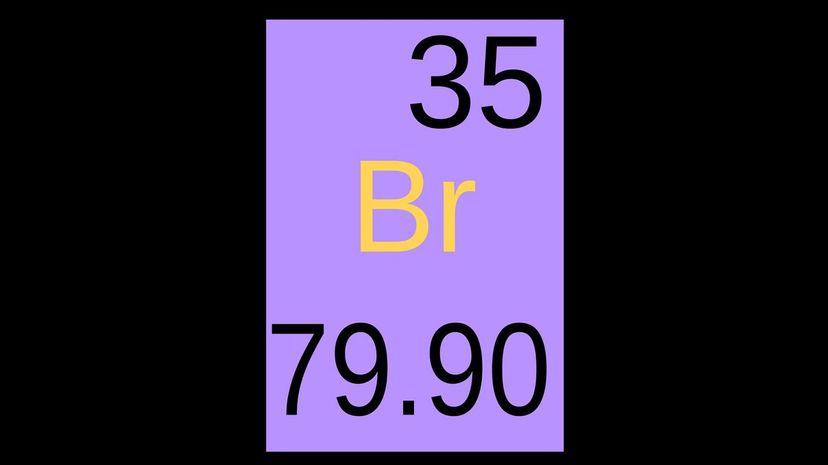
Bromine is a fuming red liquid that vaporizes into a fuming red cloud of gas at room temperature. Needless to say, it's a toxic element. It is used in farming products, disinfectants and flame retardants.
Advertisement
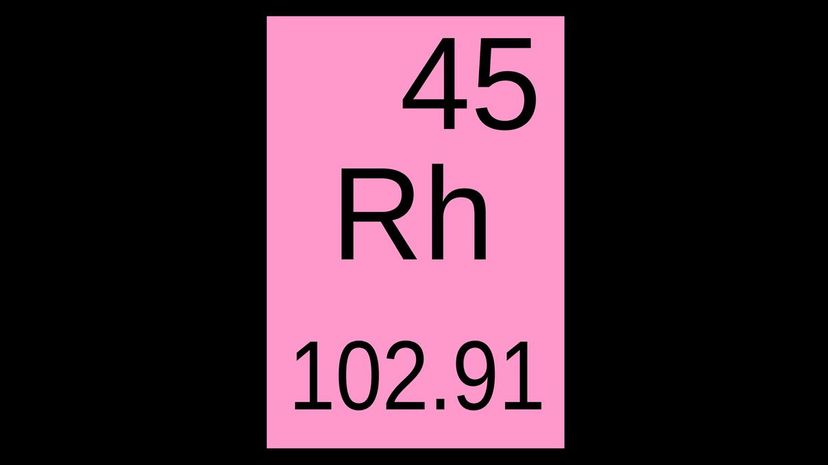
Noble metals are metals resistant to corrosion and oxidation, and rhodium is the rarest metal on that list, making it one of the most valuable metals. It's frequently used an alloy, but is also commonly used for jewelry.
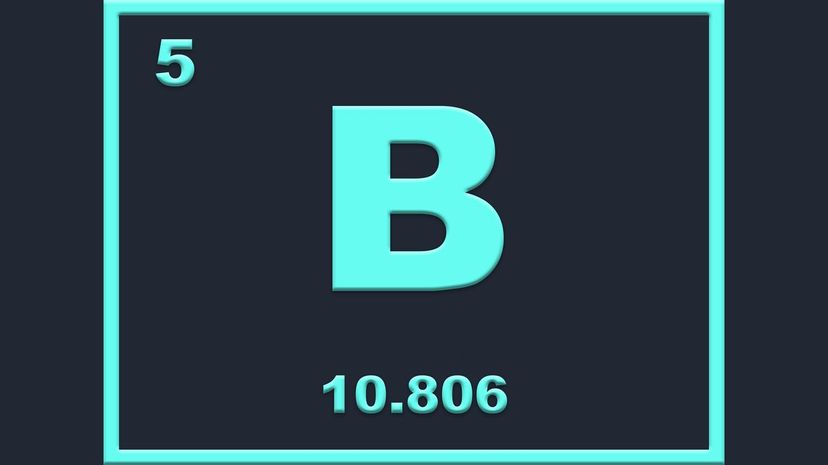
Boron is a solid element that is created when cosmic rays collide with objects on Earth. We can't see this happen with the naked eye, but it's as awesome as it sounds. The element is used on Earth in everything from rocket fuel to eye drops.
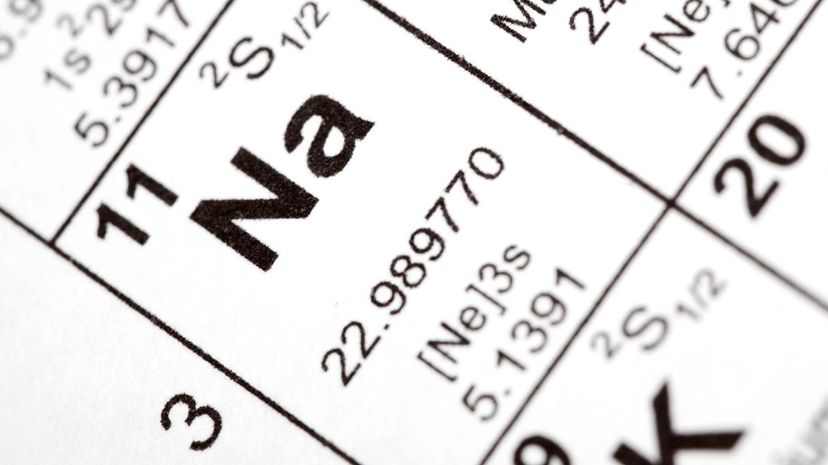
Sodium is necessary for our bodies, and we usually get all our sodium in the form of salt, which is some form of sodium chloride. It is found all over Earth in a variety of forms.
Advertisement
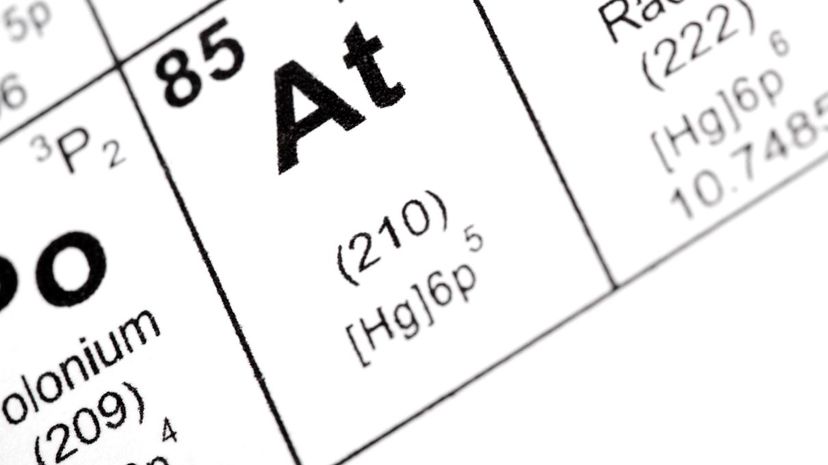
Astatine is a solid at room temperature but it's so radioactive that it also vaporizes once exposed to room temperature. It rarely occurs naturally and is only created from the decay of other elements. Very little is known about the element.